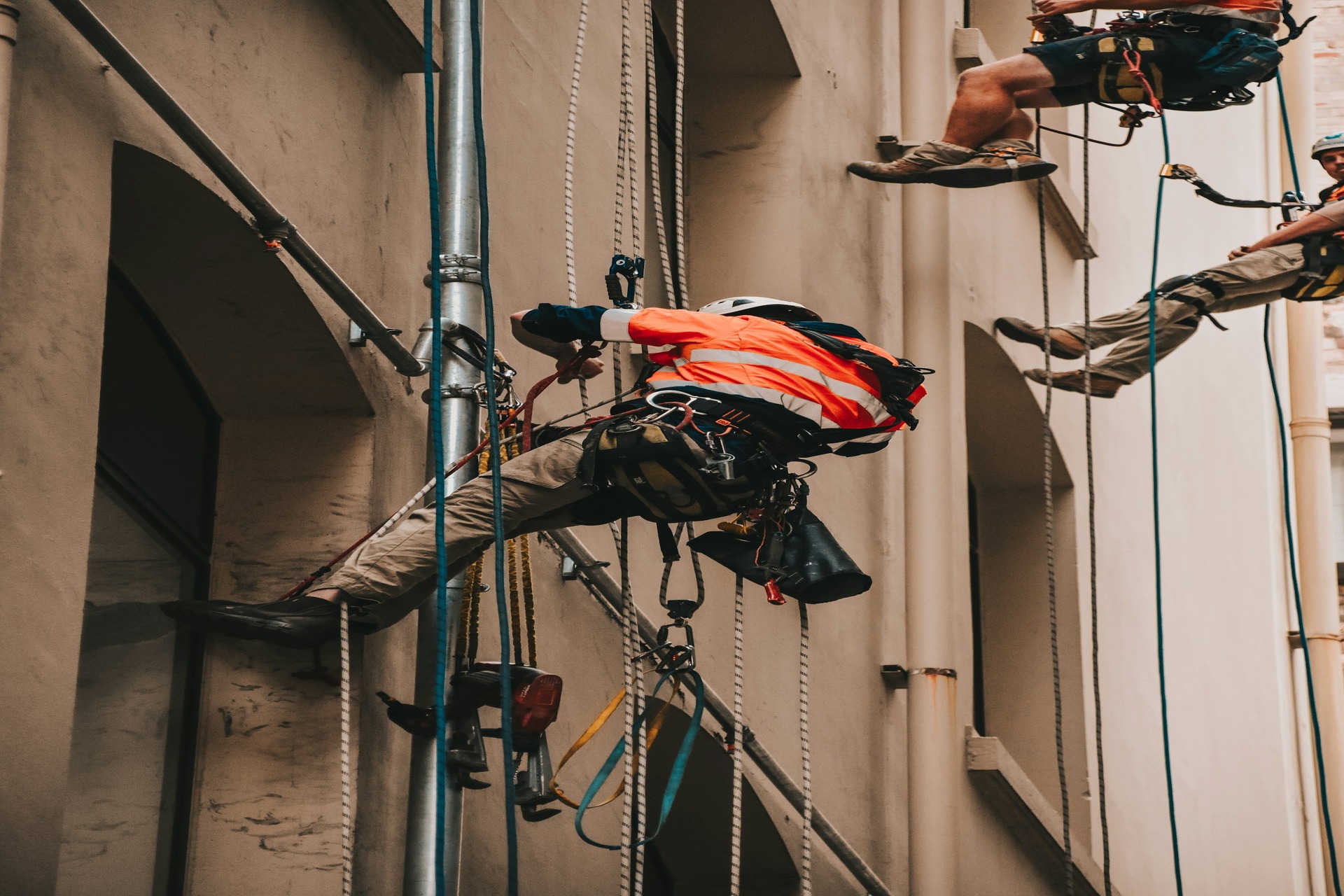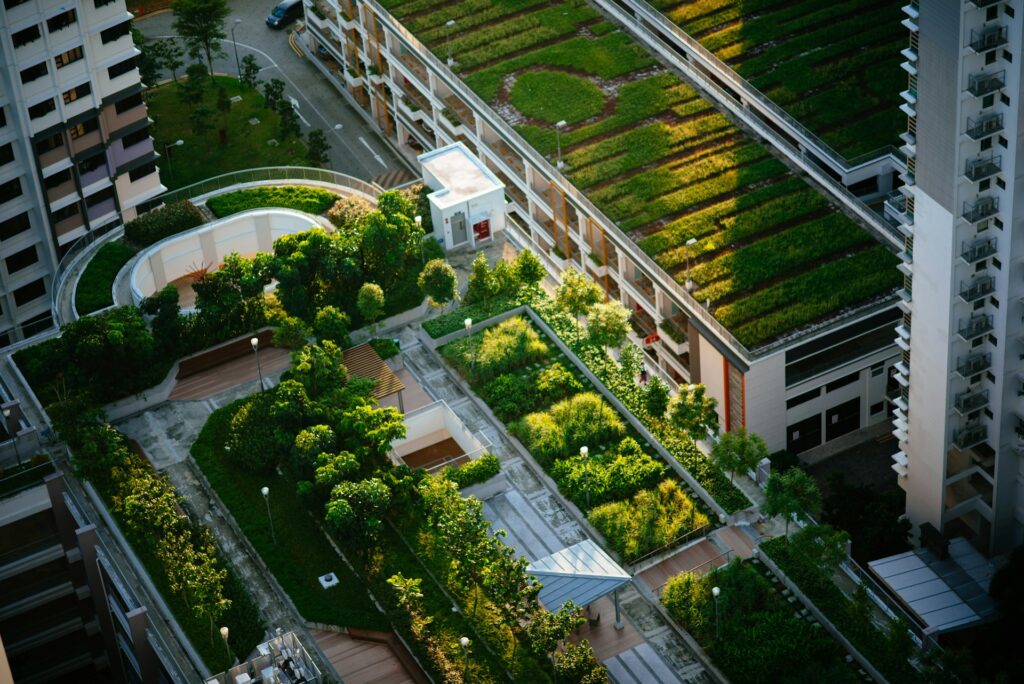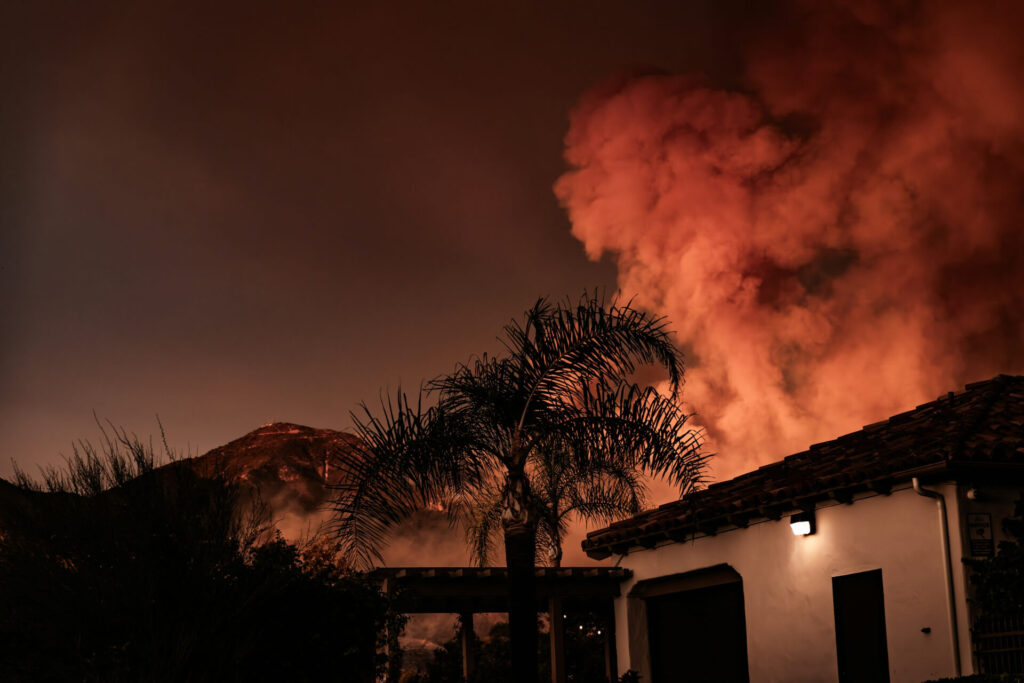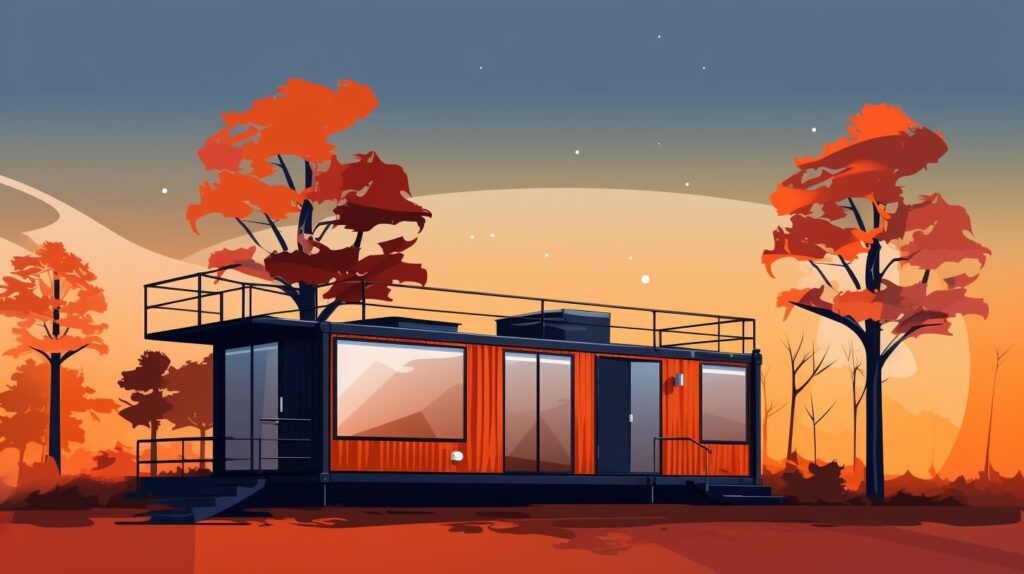Construction Safety: 10 Reasons Why Falls Keep Happening on Sites

We are reader-supported. When you buy through links on our site, we may earn an affiliate commission.
Falls, whether from high heights or slips, are a major cause of injuries and fatalities on construction sites. Even with advanced industry innovations, stringent regulations and increased awareness, these accidents continue to occur at alarming rates. Fortunately, you can create safer jobsites by being aware of fall hazards and how they impact construction safety.
1. Lack of Proper Planning and Risk Assessment
Failing to plan for fall protection during the project’s initial stages leads to reactive safety measures instead of proactive ones. It is by far the leading cause of falls on construction sites, including DIY projects.
Failing to identify and plan for potential fall hazards before work begins leaves workers and site visitors vulnerable to unexpected dangers, including slips and slides that lead to falls. By the time the need for fall protection becomes apparent, it’s often too late, and more than likely, an accident has already occurred.
2. Inadequate Safety Equipment
In construction, falls to a lower level often happen due to insufficient fall protection systems. Personal fall arrest systems (PFAS), guardrails and safety nets should always be in place when working at height, but too often, these are missing or improperly used.
3. Insufficient Training and Education
One of the main reasons falls continue to occur — despite them being the cause of over 38% of deaths on construction sites — is the lack of proper safety training. Many workers are unaware of the best practices for preventing falls, from setting up ladders correctly to wearing appropriate personal protective equipment (PPE).
Conducting a one-time safety course is not enough, either. Ongoing training on various safety topics for construction projects ensures workers are familiar with the latest protocols, including self-rescue tips to maintain safety awareness.
4. Poor Housekeeping Practices
Falls frequently occur due to poor planning and organization on construction sites. When materials, tools and debris are scattered across work areas, it creates unnecessary clutter, which is a major tripping hazard. Maintaining a clean, organized site is essential for on-site fall prevention.
5. Rushing and Pressure to Meet Deadlines
Construction projects often face tight deadlines, leading to rushed work. When construction site teams are pressured to complete tasks quickly, they are likely to skip safety protocols, use unsafe shortcuts or overlook potential hazards.
Actionable tip: Prioritize safety over speed. This means building extra time into project timelines to ensure workers adhere to construction safety rules, even if it means slowing down to stay safe. Employees should never feel like they need to sacrifice safety to meet a deadline.
6. Unclear Safety Policies
Sometimes, falls happen because workers are unsure about the specific safety policies in place. Confusion over how to use equipment or when PPE is required can lead to accidents. This is especially true on large sites where many subcontractors are working simultaneously — this could explain why subcontracted workers are 2.7 times at higher risk of falling from elevated heights.
This is why everyone on the construction site should be provided with clear, easy-to-understand safety manuals. The instructions must include real-world fall hazard examples to make the rules relatable and actionable. Construction safety rules should also be displayed in visible areas around the site as constant reminders.
7. Weather-Related Hazards
Weather conditions are often an overlooked factor in construction falls. Rain, snow and ice make surfaces slippery, while strong winds destabilize workers and equipment. These conditions are especially dangerous for exterior work on scaffolds or rooftops. This is why it’s important to always check weather forecasts and have protocols for stopping work when conditions become hazardous.
8. Poor Communication
Construction sites are dynamic environments where hazards change daily, so clear communication is essential. Miscommunication or lack thereof between supervisors and workers can make a site accident-prone. For instance, when workers aren’t informed about the risks in specific areas or the location of fall protection equipment, they are more likely to make dangerous mistakes.
The opposite also applies. Employees who don’t feel supported to communicate openly with management may fail to report potential dangers.
9. Failure to Comply with Safety Standards
A significant reason falls continue to happen is the failure to comply with OSHA regulations and construction safety rules. Some companies cut corners on safety protocols to save time or costs, resulting in preventable falls.
Stricter enforcement of safety regulations could dramatically reduce the number of accidents. Safety officers should be regularly hired to assess site compliance.
10. Complacency Among Workers
Experienced workers may become complacent about fall risks — believing their skills make them immune to accidents — especially if they’ve worked on construction sites for years without incident. Overconfidence can lead them to skip critical safety steps, such as failing to secure harnesses when working at heights, increasing the likelihood of accidents.
Falls also happen due to human error, such as misjudging the height of a fall, underestimating the risk or ignoring established construction safety rules and protocols.
Taking a Stand: Tips to Improve Construction Safety
Whether you’re a homeowner overseeing renovations, a contractor managing a team or a real estate professional involved in construction projects, these tips can help improve safety on sites:
- Know the rules: Familiarize yourself with Occupational Safety and Health Administration (OSHA) regulations for protecting employees on construction. Their workplace safety website provides valuable information for site managers and workers. Ensure you are informed about the latest construction safety regulations and best practices.
- Plan for safety: Before you begin any project, develop a fall protection plan, even for short-duration tasks. It should identify hazards and outline safe work practices to prevent them from happening for different tasks on site. Consider hiring a safety consultant for large or complex projects.
- Invest in the right equipment: Provide workers with fall security systems like harnesses and lifelines, and ensure ladders and scaffolds are in good condition. Also, provide high-quality, comfortable PPE and promote consistent use.
- Train your team: Workers need proper training on fall protection equipment, safe work practices and hazard identification.
- Communicate policies and procedures: Establish clear communication channels and hold daily briefings to discuss safety topics for construction. Make sure every worker knows where to find safety equipment and what fall hazards to watch out for on that day.
- Foster a culture of safety: Make safety a top priority on your project. Encourage open communication about safety concerns without fear of repercussions and provide positive reinforcement for safe work habits.
- Regularly inspect and maintain gear: Conduct regular inspections of ladders, scaffolds and fall protection gear to identify any damage or wear and tear. Ensure you replace faulty equipment immediately.
The Future of Fall Prevention in Construction
As technology advances, innovative tools are emerging to enhance fall prevention efforts. Virtual reality training simulations, wearable safety devices and AI-powered hazard detection systems are just a few innovations shaping the future of construction safety.
However, technology alone can’t solve the problem. A commitment to safety culture, ongoing education and vigilance from all stakeholders is essential to reducing fall incidents in construction.







